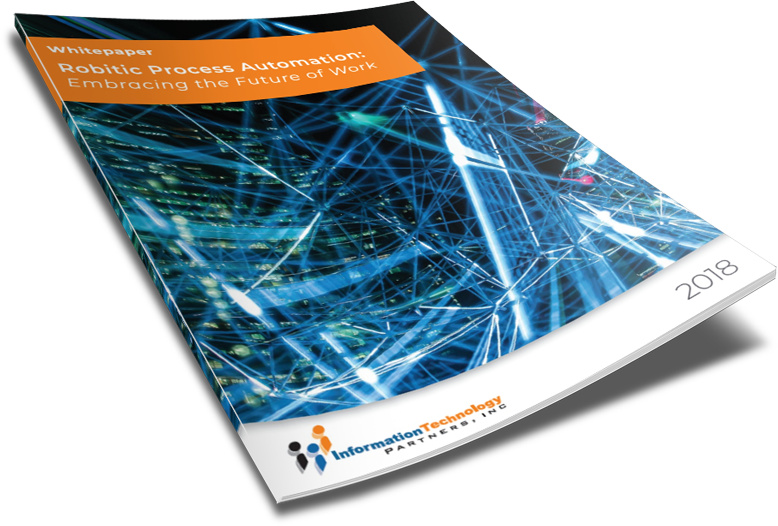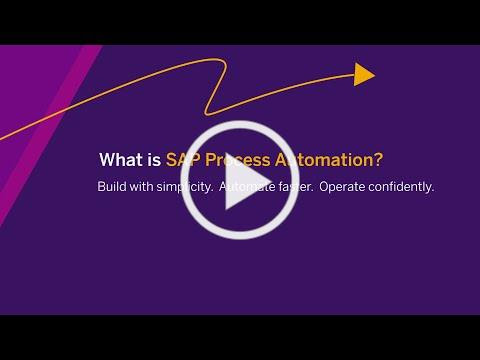TAKE NOTE (Insights and Emerging Technology)

The $50 billion CIO-SP4 contract vehicle’s small business portion is moving forward and leaving some unhappy companies in its wake.
Some companies have learned they failed to make the cut for phase 2 of the selection process. CIO-SP4 is the National Institutes of Health’s flagship government-wide vehicle for IT products and services.For this fourth iteration, NIH’s Acquisition and Assessment Center is using a self-assessment process where companies assign themselves points for different requirements. That appears to be what many rejected small businesses are taking issue with.
Small businesses that made the cut apparently all are part of joint ventures or mentor-protégé relationships with a large business. Under the structure of the solicitation — and in accordance with Small Business Administration rules — the small business bidder can use the capabilities of the large business for the scoring aspect.
What was especially helpful in the CIO-SP4 competition because NIH assigned points for having an earned value management system as well as a cost estimating system. One industry source told me a majority of small businesses can’t afford those kinds of systems and there wasn’t much need for them under CIO-SP3.The maximum number of points a bidder could earn was 10,000. The largest number of points — 4,500 — went to corporate experience. Technology experience followed at 1,800 and then multiple-award experience at 1,200.
Point totals fall drastically to 300 or lower for other aspects of the scoring.
Earned value management systems, estimating systems, a level 2 CMMI appraisal level and certain ISO certifications all get 300 points each. While that number may appear small, some companies may have moved ahead and others got held back.
CIO-SP4’s solicitation makes it clear that any portion of or all those points can come from a partner.
The CIO-SP4 contract has been widely-debated on LinkedIn over the past week as NITAAC has been sending notices out.
Brad Barker, president of business development and capture consulting firm 8M Services, kicked off the discussion when he asked for comments from companies that received an unsuccessful notice when they had a score above 9,700.
Barker also asked if those that did not get a notice were willing to share their point total.
One HUBZone small business said it was rejected with a score of 9,720 out of a possible 10,000.
Passions are running high around CIO-SP4 well before any official awards, which are expected at the end of the year.
This one is far from over. Expect protests to the Government Accountability Office at a minimum and perhaps the US Court of Federal Claims as well.
Interested in learning more about RPA? Download our FREE White Paper on “Embracing the Future of Work”
UNDER DEVELOPMENT (Insights for Developers)
What Is SAP Process Automation
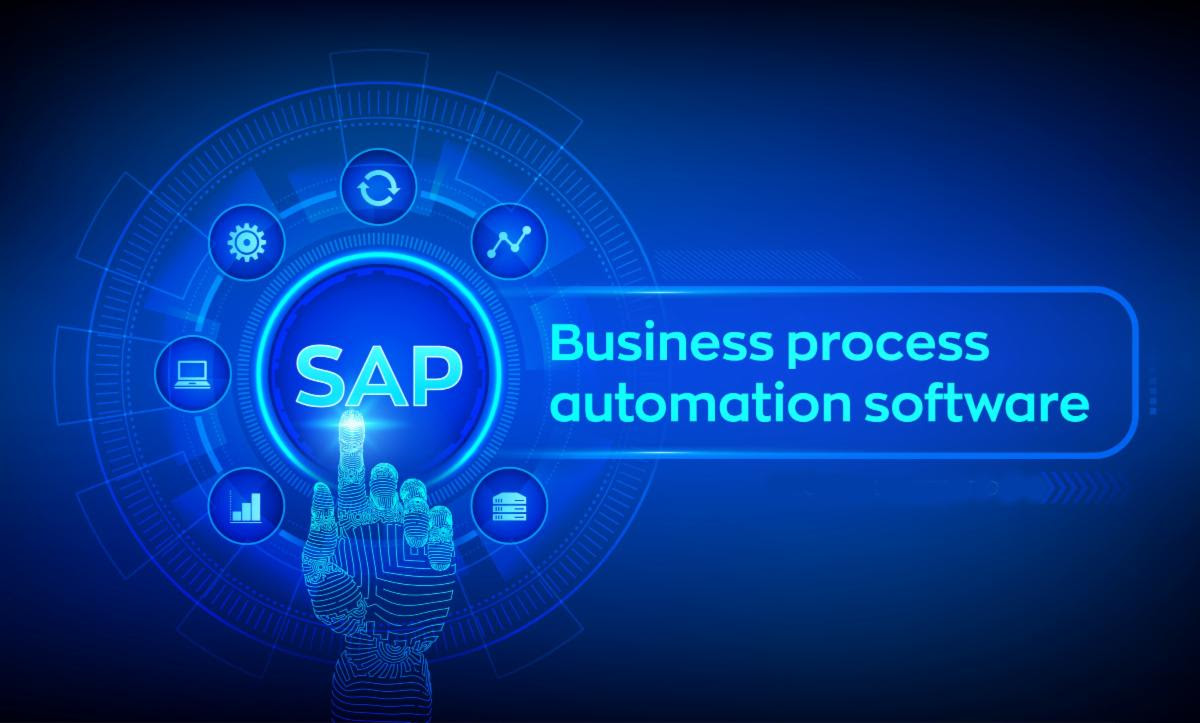
Intro
Process automation entails the use of technology to automate your business process. This eases the processes, centralizes information, cuts back on the cost of your workforce and makes processes faster. The automation is also meant to reduce errors, increase transparency and remove bottlenecks.
SAP has now fused two of its existing tools to make one product expected to contribute significantly to one of the key elements of a digital revolution; process automation. The two combined tools are SAP Workflow Management, which was launched in 2009 for business workflow digitization, and RPA (SAP Intelligent Robotic Process Automation), launched in 2018 for workflow automation.
The following blog will delve into what SAP process automation entails and how best to integrate it into your business.
Low Code vs No Code
SAP process automation is not simply about combining two effective products. The company is adding other functionalities to the tool to allow people with no-code experience to use it. The combined tool uses a low-code, no-code drag-and-drop user interface that enables business professionals and citizen developers to create and automate process workflows. The product, which is available now, is an extension of SAP’s investment in process automation technology.
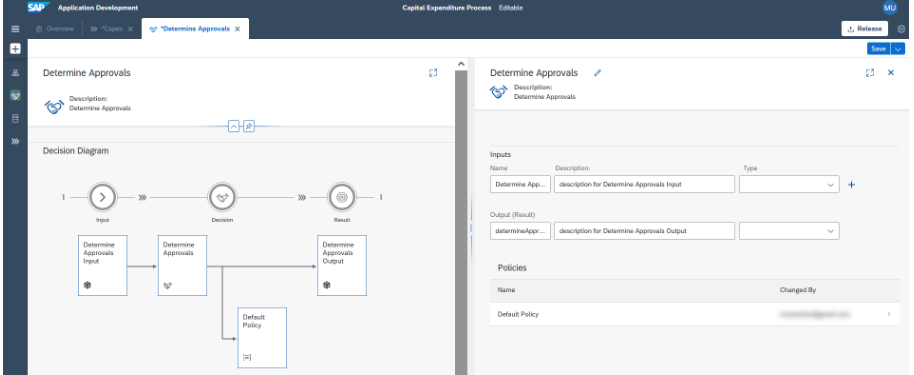
With the rise of hyper-automation in the business world, low-code entails a rapid application development approach enabling an automated code generation using visual building blocks like pull-down menus and drag-and-drop interfaces. Low-code is somewhat a balance between no-code and manual coding since it enables you to develop over auto-generated code.
No-code development is also a rapid application development approach. While professional developers handle some aspects of low-code development like manual coding and scripting, no-code development fully depends on visual tools, so there is no need for professional developers. The approach is used for straightforward user interfaces, simple automation, calendar planning tools and quickly built standalone apps.
Here is a diagram summarizing the differences between low and no-code app development…
– Dig Deeper –
SAP Process Automation
Q&A (Post your questions and get the answers you need)

Q. What happened to SAP Leonardo?
A. That is a great question! Let’s dig in and see…
In 2017, SAP Leonardo was announced at SAPPHIRE NOW; this toolset runs on SAP Cloud Platform and focuses on numerous digital transformation technologies including IoT, blockchain, machine learning and AI, and data intelligence.
Similar to its competitors, SAP launched branding programs around innovative technologies, particularly AI, machine learning and IoT, with the hopes that they would generate a huge new revenue stream and drive digital transformation across the rest of its portfolio. But this failed…
The failure is a result of the innovations that are being pushed and that are well-established from a technical standpoint, but that are still very much nascent from a business process standpoint. The ability to translate these new, leading-edge technologies to actual business value, particularly at an enterprise level, has proven difficult.
So, bye bye Leonardo and meet SAP’s AI Portfolio, part of the BTP.
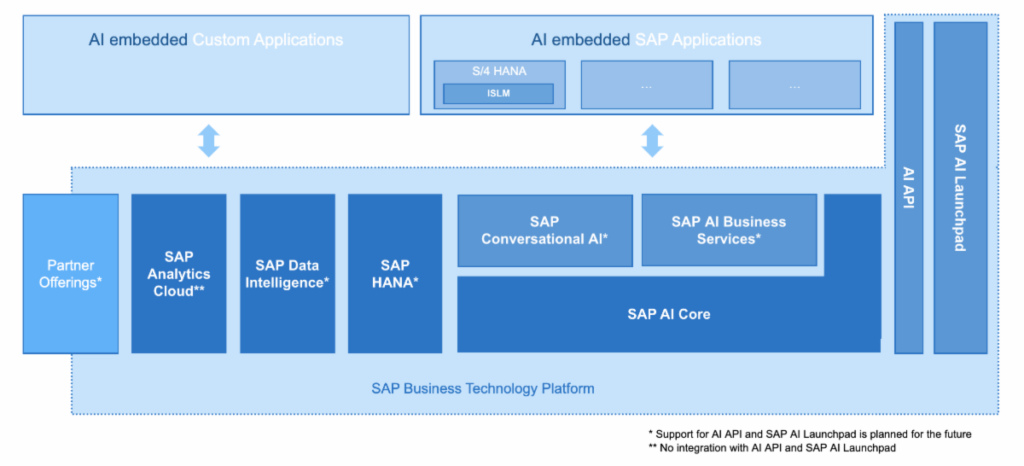
SAP is pulling back from this idea of a separate revenue stream and focusing on AI as an embedded function within the standard SAP offerings. In other words, not selling AI, machine learning and IoT as a means to an end by themselves, but instead looking at how they can improve business processes.
Remember, SAP’s strength lies in their knowledge of business Processes. This new AI portfolio offers a way to do almost everything you could do with Leonardo but with a lot more possibilities, transparency, and flexibility.
Cheers!.


